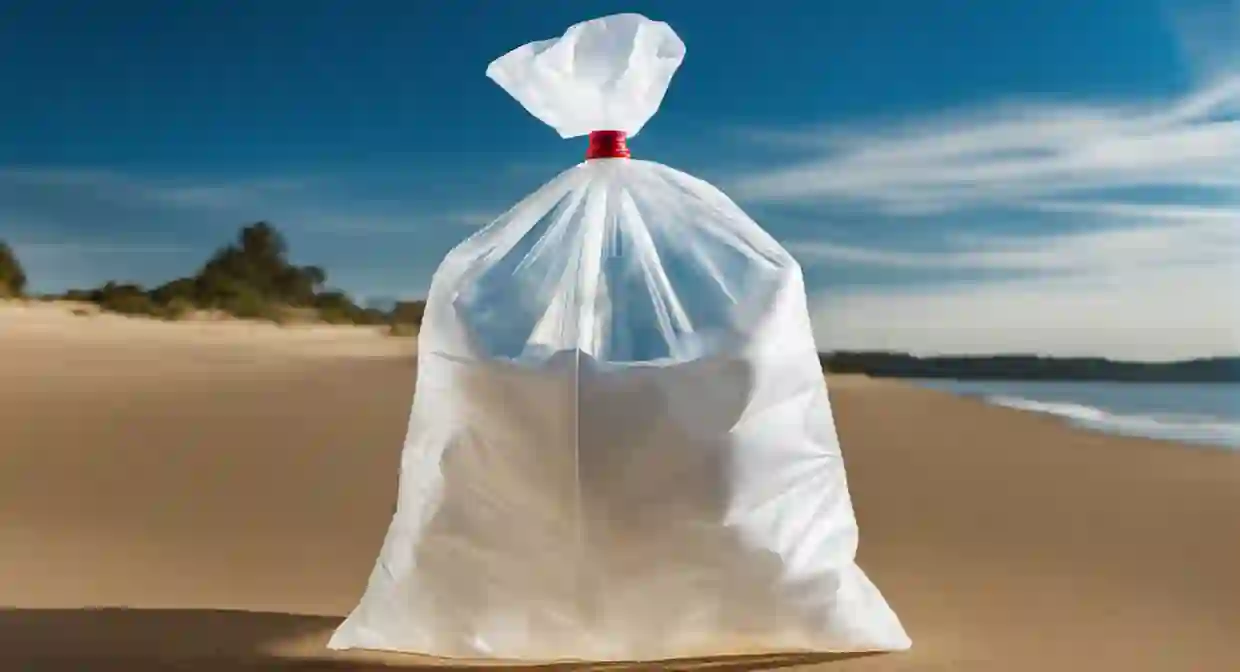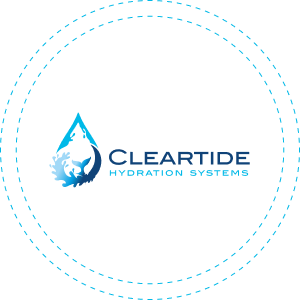What are Microplastics?
Microplastics are tiny plastic particles less than 5 millimeters in size. These small invaders originate from various sources and can be broadly categorized into:
- Primary Microplastics: These are intentionally manufactured small plastics like microbeads used in cosmetics and personal care products. Think of these as the glitter of the plastic world, designed to be tiny and often invisible to the naked eye.
- Secondary Microplastics: These result from the breakdown of larger plastic debris due to environmental factors such as sunlight, waves, and biological degradation. Imagine a large plastic bottle slowly disintegrating into countless tiny pieces over time, like crumbs from a cracker.
Sources of Microplastics in Water
How do these microplastics find their way into our water systems? They sneak in through several pathways:
- Wastewater Treatment Plants: Although these plants remove a significant portion of microplastics, some still escape into water systems. It's like trying to catch sand with a sieve—some grains are bound to slip through.
- Runoff: Plastic litter on the ground can break down and be carried into rivers and oceans by rainwater. Picture a plastic bag dancing in the wind, eventually settling and breaking down into microscopic fragments.
- Industrial Processes: Plastic pellets and powders used in manufacturing can spill into water systems. These tiny plastic beads can be as elusive as spilled grains of rice.
- Consumer Products: When products containing microplastics, like certain clothes and cosmetics, are used and washed, they release particles into wastewater. Imagine washing your favorite fleece jacket and unknowingly sending tiny plastic fibers into the drain.
Presence of Microplastics in Water
 Research has found microplastics in various water sources, painting a rather unsettling picture:
Research has found microplastics in various water sources, painting a rather unsettling picture:
- Tap Water: Studies have detected microplastic contamination in tap water across many countries. Are we unknowingly sipping on tiny plastic particles every time we fill a glass?
- Bottled Water: Bottled water isn't immune to microplastics, with some studies finding higher levels compared to tap water. Is your "pure" bottled water really as pristine as it seems?
- Oceans and Rivers: These bodies of water are significant repositories for microplastics, impacting marine life and entering the human food chain. Imagine the ocean as a vast soup, now sprinkled with plastic confetti.
Why a Hydration System is a Great Idea
A well-designed hydration system, like those provided by Cleartide Hydration Systems, offers multiple benefits in mitigating microplastic consumption and improving overall health. Here’s why:
Filtration
Advanced hydration systems often include multi-stage filtration processes that can effectively reduce or eliminate microplastics from water. These filtration stages might include:
- Activated Carbon Filters: These can adsorb microplastic particles along with other contaminants. Think of it as a magnet for tiny pollutants.
- Reverse Osmosis Systems: This method can filter out particles as small as microplastics, like a microscopic net catching even the smallest debris.
- Ultrafiltration: Using membranes with tiny pores, ultrafiltration can remove microplastics and other small particles. Imagine a super-fine sieve that only lets pure water through.
Convenience and Sustainability
- Eco-Friendly: Reduces the reliance on single-use plastic bottles, which are a significant source of plastic pollution. It's like bringing your own shopping bag to reduce waste.
- Cost-Effective: While the initial investment might be higher, long-term use of a hydration system can save money compared to buying bottled water. It's like investing in a good pair of shoes that outlasts dozens of cheap pairs.
- Consistency: Ensures a consistent supply of clean, safe drinking water. Imagine always having a fresh, clear stream of water at your fingertips.
Health Benefits
- Hydration: Encourages regular water consumption, promoting better hydration habits. Water is essential for life—like oil to a machine, it keeps everything running smoothly.
- Safety: Provides cleaner water, reducing the intake of potential contaminants including microplastics, heavy metals, and other pollutants. It's peace of mind in every sip.
Conclusion
Microplastics are a growing concern in our water systems, with potential impacts on both the environment and human health. Investing in a reliable hydration system from Cleartide Hydration Systems is a proactive step towards ensuring safer drinking water, reducing plastic waste, and promoting better health and sustainability practices. Why risk your health when a simple solution is within reach?
